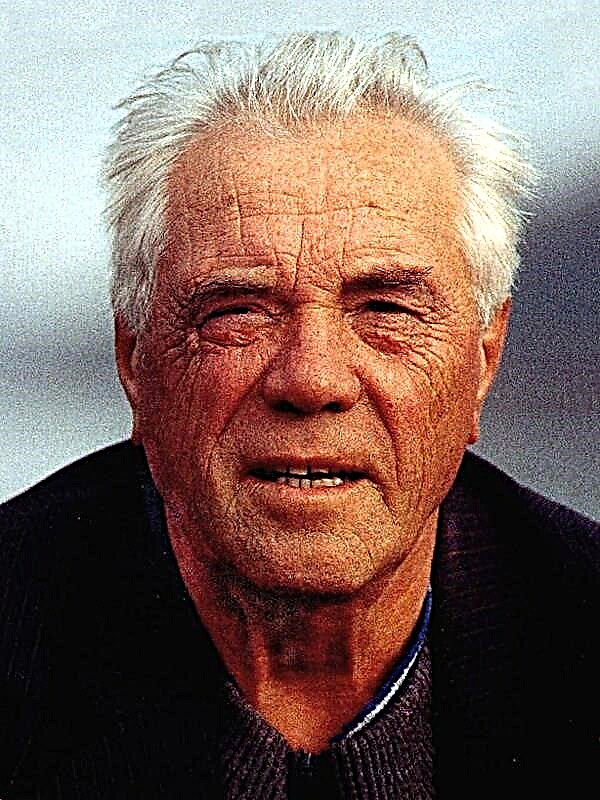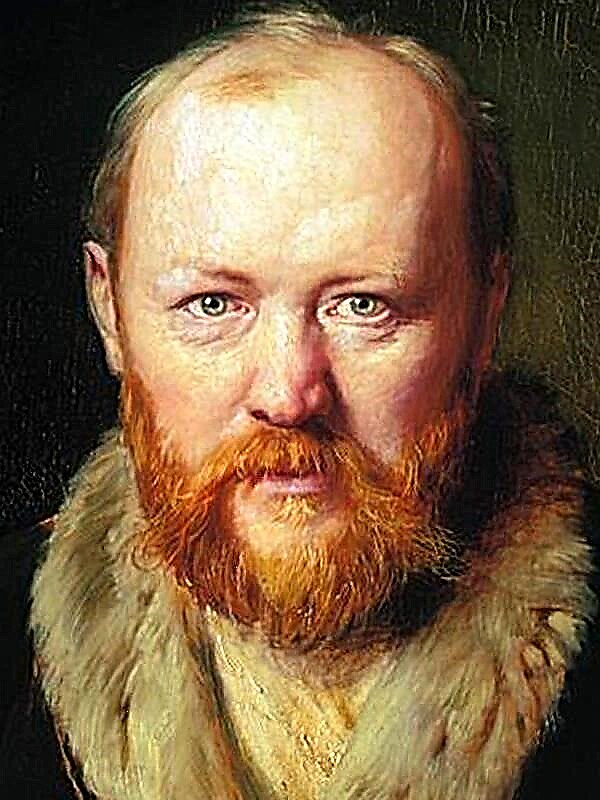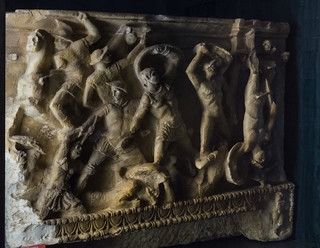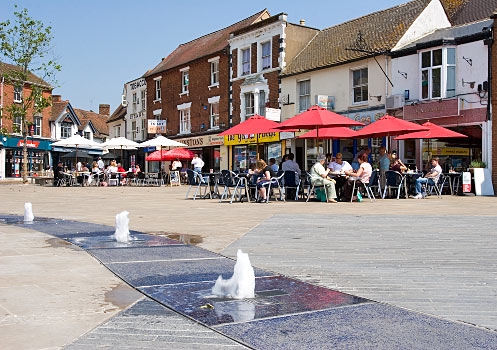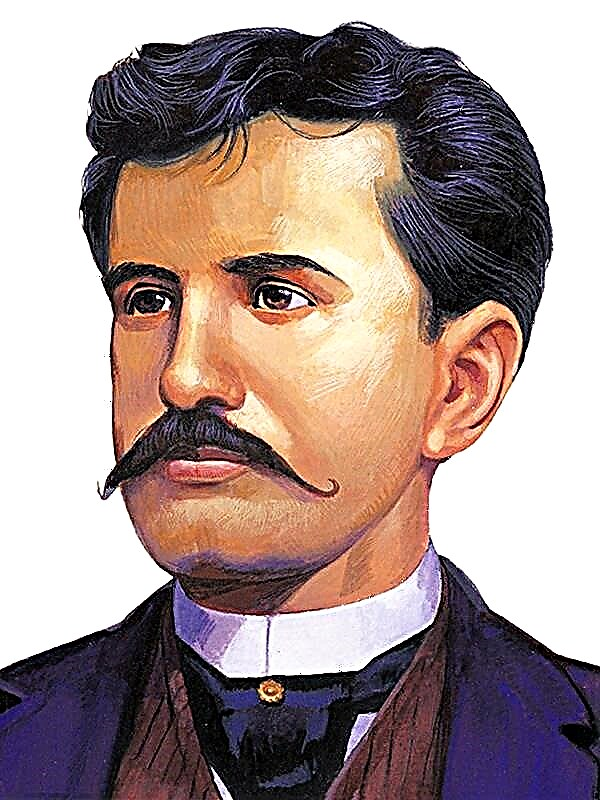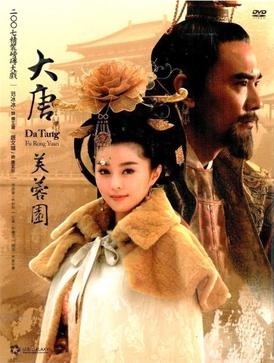Bohemian eccentrics, true geniuses or mind-addicted addicts? Unfortunately or fortunately, all these words refer to the mysterious “beatniks”. The movement that arose in the late 50s in America, managed to completely "turn the game around." Writers, poets, musicians, who refer to themselves as a “broken generation”, have revealed completely new methods in art that are amazing in their performance. Reading or listening to their works, we plunge into the currents of consciousness of the authors themselves, involuntarily feel through the lines the slightest mental impulses that Kerouac, Ginsberg or Burroughs experienced. Bold actions, travels, freedom in all senses - all these are integral parts of their eventful life. And all this we can find in their work. Underestimated and misunderstood, many of them grew up and became those “decent” Americans against whom they fought so desperately.
Movement history
“Beat” - which means “broken” in English, fully characterizes the essence of this movement. The history of beatniks actually began when they replaced the “lost generation”, which included such famous writers as Ernest Hemingway, Francis Scott Fitzgerald, Erich Maria Remarque. The beatniks were formed from adolescents who wanted to go against the system and express their protest to the conformism prevailing at that time. Surprisingly, many of them were brought up in fairly wealthy families. But this culture of “imaginary happiness” gave rise to a sharp sense of imperfection of the world in the younger generation.
The origin of the term “beatniks”
The term “beatniks” appeared randomly. Columnist Gerb Kain wrote in an article about a rather strange youth party and used the word “beat” with the Russian suffix “nick” from the name of the Soviet “Sputnik-1”, which was launched in 1957. The author referred to the fact that the information about Sputnik was then at the hearing, and the word itself was born in his head. This designation did not carry a positive connotation, rather, it reflected the negative with which the society treated the participants in the movement. Bearded loafers and jazz lovers few people sympathized with.
Often the creation of the term “beatniks” is attributed to Jack Kerouac, but he only mentioned it once and was against such a designation. In any case, he gave this word a completely different meaning and stated that the beat is not brokenness, but a musical rhythm, impulse.
Ideology
The beatniks did not urge anyone to smash the existing order; they had a different approach. Escaping reality is the cure. Take a backpack, a notebook, a bottle of something hot and go on a trip. Look at people, communicate, forget about work and obligations, live in order to live. And the beatniks did a good job of influencing the minds of readers. After the release of Jack Kerouac’s novel “On the Road,” thousands of young people went hitchhiking.
The Beatniks were not satisfied with the existing life order, and they decided to create their own. They rejected established moral values, were not interested in politics and in every possible way ignored the behavioral canons imposed by society.
The hipster subculture was very intense. The concept of "normality" gradually began to blur the boundaries. More precisely, the beatniks did their best to avoid it. This movement was moving towards complete detachment from the outside world: they were completely immersed in books, worked on their own works, listened to jazz and tried various types of drugs. As a rule, all of them were unemployed. They were unpretentious in clothes, wore old, often worn clothes, huge sweaters, jeans. The image was complemented by the presence of a beard and glasses. The tradition of gathering in coffee houses or clubs and reading their works to music there has acquired special significance for the creative people of that era.
Reasons for the appearance
Such behavior was not widespread, but the fruits of the work of beatniks played a big role in spreading the main protest idea. The main prerequisite for the emergence of beatism was the events that took place at that time around the world. The constant threats of nuclear explosions, the Vietnam War, the color revolutions and the persecution of dissidents contributed to growing excitement among the younger generation. Belief in a happy future gradually faded away. The age of the full implementation of technological progress in human life has come. And the beatniks were the first to realize the horror of this event, because complete mechanization killed everything human. Of course, all these events contributed to the emergence of protest thoughts.
Philosophy
The beatnik culture was based on a passion for Zen Buddhism. It is based on the idea of enlightenment. This cannot be called a religion; rather, it is simply a way of life that preaches kindness and humility in order to achieve nirvana. Also, the basic tenets of Buddhism are focused on a full deepening in one's own inner world in order to learn to understand the flows of one's own consciousness. All these ideas were interesting and close to the beatniks, therefore the commandments of Buddhism literally became their manifesto.
It is because of the fascination with Buddhism that the beatniks cannot be judged as an aggressive protest phenomenon. Kerouac himself said that he based his movement on kindness, love and pleasure. And all the aggressive slogans in the newspapers were a provocation to set society against them.
Later, representatives of the beatniks discovered LSD. Ken Kesey was the first to find non-drug use for him. After that, each creative person was “obliged” to set an experiment on himself and expand the boundaries of consciousness. Actually, a lot of hipster works are written precisely under the influence of narcotic substances.
Literature
The main motives in the work of the beatniks were:
- Calls for travel;
- Exemption from conventions and frameworks;
- Stories about one’s own life or the life of people that writers could admire.
Beatniks argued that in literature life should be depicted as a continuous stream in order to be as true as possible. But in practice, the authors were not so radical. They also covered topics such as ...
- Wandering;
- Voluntary poverty;
- Free love.
Beatniks in their works very clearly highlighted their own position of estrangement, relating themselves to the main or secondary characters of the works.
Hipster poetry was filled with anarchist sentiment. These verses had the greatest impact if read aloud. This is what the beatnik poets did, arranging live performances in a cafe where they read their poems to jazz accompaniment.
The greatest influence on the works of the beatniks was exerted by such authors as Percy Bysshe Shelley, William Carlos Williams, Walt Whitman and Marcel Proust.
Poetry
List of beatnik poets:
- Lawrence Ferlinghetti - Founder of City Lights publishing house, which printed all the books of hipsters. His bookstore in San Francisco became a gathering place for the cultural communities of the era.
- Allen Ginsberg - The most significant poet among hipsters, and his poem "Yelling" has become a kind of manifesto. He is rightly considered the ideologist of the beat generation, along with Kerouac.
- Peter Orlovsky - The son of a White Guard emigrant, was an activist in the anti-nuclear movement. Scandalous fame came to him due to the fact that for 30 years he was a lover of Allen Ginsberg.
- Gary Snyder - received the Pulitzer Prize for the collection of poems “Turtle Island”. Later, when beatism began to fade, he began teaching at the University of California at Davis.
- Gregory Corso - one of the key authors of the bit generation. He did not like to talk about politics, unlike Ginsberg. He was not so charismatic and did not like to attract attention, but his work could tell everything without it.
Hipster poems (examples of works):
- Allen Ginsberg, "Scream" - the most famous and important work of the hipster generation. In 1956, the poem was first published, and this led to a real revolution in the history of modern literature. Until that moment, no one could have thought that a work so expressive and freed from all sorts of frameworks and conventions could be published. To read…
- Allen Ginsberg, “Song” - original poem about love. In him, the feeling appears as a heavy burden in which each person, in the end, will find peace. The lyrical hero seeks shelter from the world in the depths of the female bosom, returning to the body "in which he was born." To read…
- Lawrence Ferlinghetti, The Delphic Oracle a message to the prophetic Sibyl, where the author asks how people can be saved from themselves and from the power that "creates plutocracy from democracy." He asks the Delphic oracle to give humanity "new myths for life." To read…
- Peter Orlovsky, The First Poem - stream of consciousness, where the author’s dreams, hallucinations and fantasies are mixed together. Items become alive, the lyrical hero - on the contrary, flies into the barrel, "to grapple with the bullet." In the finale, he calls out to the archangel Gabriel and falls into ecstasy. To read…
- Gregory Corso, Crazy Yak - a poem on behalf of a yak who wonders how his body is used after death. People make buttons from the bones of his brothers, and laces from the tails. He regrets the fate of his sad and tired uncle, whom the priest drives. To read…
Prose
List of beatnik writers:
- Ken Kesey - The first author who began experimenting with psychedelics to reveal his own subconscious. He was the creator of a community for beatniks called "Funny pranksters." Considered one of the main writers of the beat generation, he had a great influence on the culture of this movement.
- Jack Kerouac - deservedly has the title of “king of the beatniks”. It was he who introduced the method of jazz improvisation into literature. This inspired many other writers. He spent most of his life traveling, or lived in a house with his mother. He was desperately trying to find his place in life, but the changes that were taking place in his country led him to deny the new values.
- William Burroughs - Many did not believe that this decent-looking person could be a representative of beatniks. But still, he was one of the key figures in the movement. He began his literary career at the age of 39. Thanks to Burroughs, the world learned about the cutting technique. He sat for hours and cut out phrases from newspapers, and then mixed them up and composed ready-made texts. This technique significantly influenced his work.
Hipster books (examples of works):
- Ken Kesey, "Flying Over the Cuckoo's Nest." It was published in 1962. K. Kesey wrote it after he worked as a nurse in one of the hospitals. He often interacted with patients, including during his experiments with drugs. Patients did not seem to him “abnormal” at all, and he was the first to think about the fact that these people were rejected by society because they did not fit into it. In the plot of his novel, we see the same story. The eyes of the Indian Bromden illuminate the life of Patrick McMurphy, who was transferred to a psychiatric hospital from prison. He tries to disrupt the existing order, while destroying himself, but gives freedom to all other patients.
- Jack Kerouac, On the Road. This novel was repeatedly rejected by publishers, but in 1951 it was still published. The book made a splash and became a bestseller of American prose. Kerouac dedicated his story to travel. The narration is on behalf of Sala Paradise, a writer who roams around America with his friends. His main focus is on Dina Moriarty, his best friend with whom he travels most of the time. The image of Dean Moriarty has a prototype: a real Kerouac friend - Neil Cassidy. After the death of his mother, Neal moves with his alcoholic father to Denver. From the age of 14, he was repeatedly attracted for various petty crimes, and then began to steal, steal cars and use a large amount of drugs. On the road, the reader may notice that Dean’s life is fully consistent with Cassidy’s biography.
- William Burroughs, Naked Breakfast - one of the most scandalous bit-generation novels. The first major work, written by the method of slicing. For a long time it was banned due to heavy profanity and homosexual orientation. The novel began to be freely published only after two high-profile trials. Norman Mailer and Allen Ginsber spoke in defense of the Naked Breakfast, comparing the novel with the works of Marcel Proust and James Joyce. The plot in the book is practically absent. Burroughs created it from extracts of letters to Ginsberg and the author’s previously unpublished prose.
Music
The protest ideas among young people coincided with the musical trends of the 40s. The jazz revolution has practically shaped a broken generation. After all, jazz is the music of intellectuals, people oriented towards individuality, and therefore it found listeners in the face of young people disappointed in life. Many of the writers' works appeared precisely thanks to the inspiration received from crazy jazz rhythms. The music and creativity of the beatniks were very closely intertwined with each other, forming a single quintessence - strange, but very attractive to many.
Russian
The most important and legendary Russian bit-band, of course, is “Kino”. Initially, they came to the world of music under the name Garin and Hyperboloids. But then they became acquainted with the legend of the rock underground Boris Grebenshchikov, and he advised them to replace the name with a more concise one. Viktor Tsoi wanted to name the group briefly, for easy memorization and pronunciation. As a result, the name itself found them. They saw him on the sign on the way to the Technological Institute metro station and decided that it was suitable.
The style of the band is very close to post-punk, but Tsoi, who wrote the music himself, identified it with the beat sound. Victor was very interested in the development of musical performers in the West and sought to reach one level with them.
The main sources of inspiration for Kino were groups such as: The Smiths, Duran Duran, The Cure, R.E.M .. The vocals of Tsoi remotely resemble Ian Curtis, vocalist of the Joy Division band. And his style, of course, was influenced by the musicians of Aquarium, Zoo and Alice.
For Russian people, the songs of the Kino group are very significant. And the figure of Viktor Tsoi, who died tragically, became a cult figure over time. That is why such a phenomenon as “Kinomania” arose, which is still widespread among young people.
In addition, performers such as Yegor Letov, Alexander Bashlachev and Yanka Diaghileva are associated with this current.
Overseas
Abroad, with beat music, everything was much more complicated. After the Second World War, African Americans had much more freedom and a chance for self-realization. This was one of the reasons for the musical revolution, led by “black” musicians. Many of them believed that jazz performers did not try to convey the energy of this music in their performances. The situation was heating up and many of them began to leave the rooted rosters and create their own groups.
Key representatives: Charlie Parker, Kenny Clark, Charles Mingus, Kenny Dorham, Bad Powell.
Also, the music of Tom Waits is a vivid reflection of the aesthetics of the broken generation.
Then a completely new sound was born from jazz - rock music appeared. Her ancestors were Jimi Hendrix and Janice Joplin. Then for the first time there was a merger of the music of the “white” and “black”, which became a real revolution.

